In today’s visually-driven world, the saying “a picture is worth a thousand words” has never been more relevant. Businesses operate in an era where first impressions often come from visual content—be it on websites, social media, or print advertisements. Commercial photography plays a pivotal role in shaping those impressions, making it an indispensable tool for businesses aiming to succeed in competitive markets.
What Is Commercial Photography?
Commercial photography is a specialized form of photography focused on capturing images that represent and promote a business, its brand, products, or services. This could include professional product photography, real estate shots, corporate headshots, or branded imagery used for marketing campaigns.

Why Is Commercial Photography Important?
- Building a Strong Brand Identity High-quality images help businesses convey their unique story, values, and professionalism. Consistent and visually appealing photos create a recognizable brand identity that resonates with the target audience.
- Enhancing Credibility and Trust Professional-grade visuals instill trust in potential customers. Whether it’s sharp, well-lit images of a product or a polished portrait of a team, quality photography suggests attention to detail and reliability.
- Boosting Marketing Efforts Effective marketing relies heavily on compelling visuals. Ads, social media posts, brochures, and websites all perform better with engaging imagery. Professional commercial photography ensures that your marketing materials stand out and drive engagement.
- Improving Conversion Rates Studies have shown that consumers are more likely to purchase a product or service when presented with high-quality, visually appealing images. For example, in e-commerce, the quality of product photos can significantly influence buying decisions.
- Standing Out in a Competitive Market In saturated markets, businesses need every edge to differentiate themselves. Unique and professional photography can set a brand apart from competitors, making it more memorable and appealing.

Applications of Commercial Photography
- Product Photography: High-quality images showcasing the features and benefits of products.
- Corporate Headshots: Professional portraits that humanize the business and add a personal touch.
- Real Estate Photography: Capturing properties in their best light to attract potential buyers or tenants.
- Lifestyle Photography: Telling a story that connects with customers by showing products or services in real-life settings.
- Event Coverage: Documenting corporate events to create promotional content and preserve key moments.

The Art and Process of Commercial Photography: Behind the Scenes
Commercial photography is more than just taking pictures—it’s about crafting compelling visuals that tell a brand’s story, communicate a message, and resonate with an audience. From concept development to final delivery, every step of the process involves creativity, technical expertise, and meticulous planning. Here, we’ll take you behind the scenes of commercial photography to explore the art and process that brings stunning images to life.
Step 1: Understanding the Client’s Vision
The first step in commercial photography is to understand the client’s needs, goals, and vision. This involves a detailed briefing session where the client shares their brand identity, target audience, and the message they want to convey. Photographers often collaborate with marketing teams, art directors, and stylists to ensure the final images align with the brand’s overall strategy.
Key questions to ask during this stage include:
- What is the purpose of the photos? (e.g., advertisements, website content, social media, brochures)
- What emotions or reactions should the images evoke?
- Are there specific brand guidelines or creative directions to follow?
Step 2: Concept Development and Planning
Once the vision is clear, the next step is to develop a creative concept. This includes brainstorming ideas, creating mood boards, and planning the visual style of the shoot. Factors like color schemes, lighting techniques, props, and backdrops are carefully considered to align with the brand’s identity.
A detailed shot list and production schedule are also created during this stage to ensure a smooth workflow. Coordination with models, makeup artists, stylists, and other professionals is essential to bring the concept to life.
Step 3: Preparing the Equipment and Studio
Commercial photography requires specialized equipment to achieve high-quality results. Depending on the shoot, this may include professional cameras, lenses, lighting equipment, and backdrops. For product photography, tools like light tents or macro lenses may be used, while lifestyle shoots might require portable lighting setups for on-location work.
Preparation also involves testing the equipment and setting up the studio. This step ensures that everything is in perfect working condition and that the photographer can capture the desired effects without interruptions.
Step 4: The Photoshoot
The photoshoot is where all the planning comes to life. During this phase, the photographer directs the models or arranges the products to achieve the desired composition. Lighting plays a critical role in setting the mood and highlighting key elements of the subject.
Flexibility is crucial during a shoot, as adjustments may be needed to address unforeseen challenges. For example, a product might require repositioning to avoid glare, or a model’s pose might need tweaking to convey the right emotion.
Step 5: Post-Production
After the shoot, the raw images undergo post-production to refine and enhance their quality. This step involves:
- Editing: Adjusting exposure, contrast, colors, and sharpness.
- Retouching: Removing imperfections, such as dust or blemishes.
- Compositing: Merging multiple images if needed, especially for complex product setups.
Post-production ensures that the images meet professional standards and align with the client’s expectations.
Step 6: Delivery and Feedback
The final images are delivered to the client in the required formats, such as high-resolution files for print or optimized versions for web use. Many photographers also provide multiple crop sizes to suit various platforms.
Feedback from the client is an essential part of the process. It helps the photographer understand what worked well and what could be improved for future projects, fostering a stronger working relationship.

Investing in Professional Photography
While smartphones and DIY photography might seem like cost-effective alternatives, they rarely match the quality and expertise of professional commercial photography. Experienced photographers understand lighting, composition, and post-production—ensuring that every image aligns with the business’s goals and brand.
Final Thoughts
In a world where visuals dominate consumer decision-making, commercial photography is not just an expense; it’s an investment in your business’s success. High-quality, professional images can elevate your brand, enhance customer trust, and drive tangible results. Whether you’re a small startup or a well-established company, the right photography can be the key to leaving a lasting impression.
Ready to take your business visuals to the next level? Contact us today to learn how our commercial photography services can help you achieve your goals.

